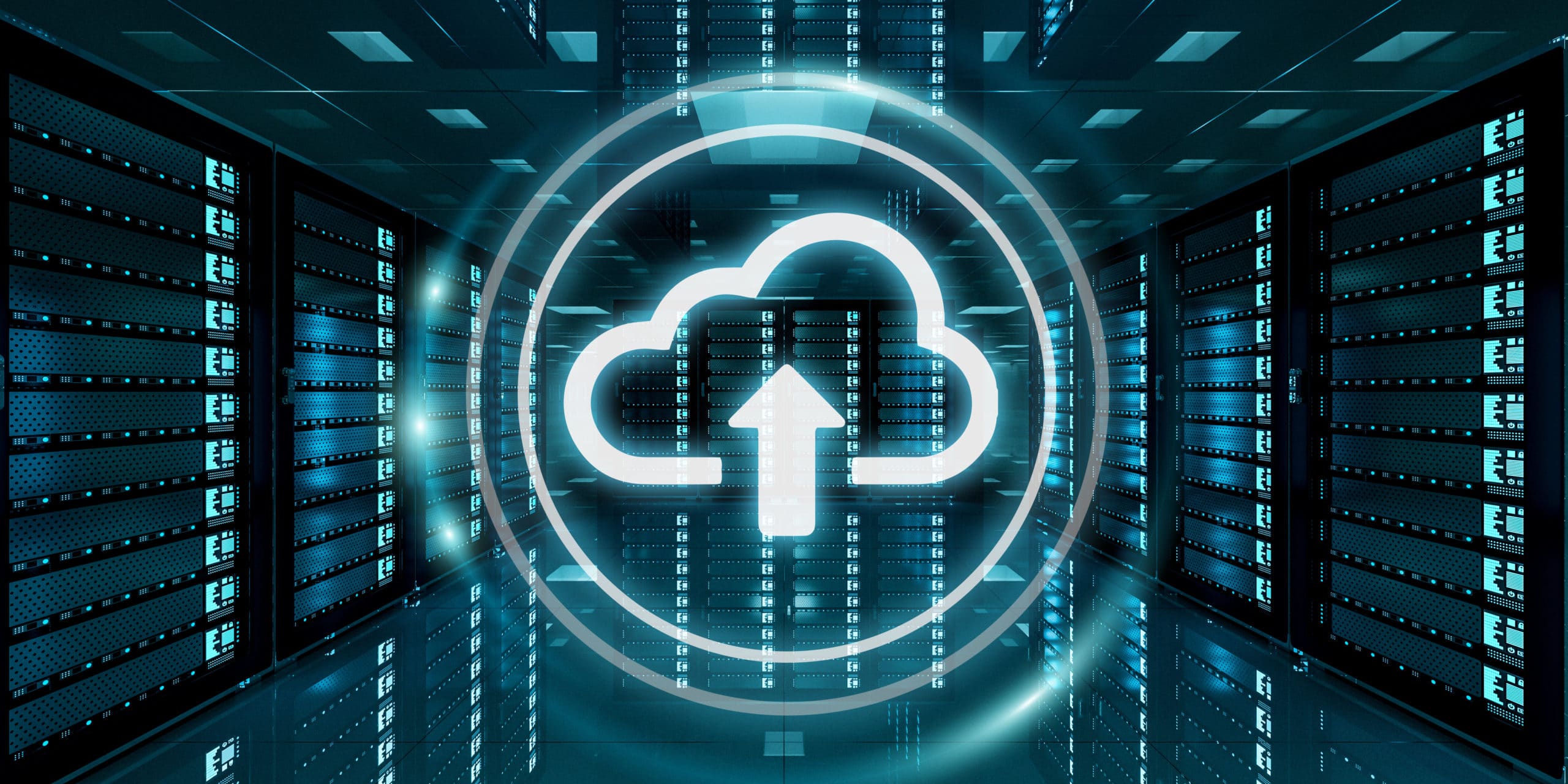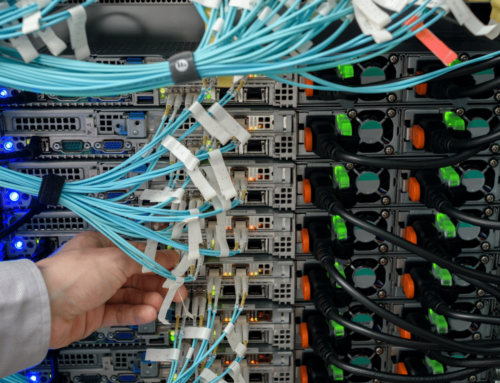In recent years cloud technology has really taken off. With cloud-based applications, disaster recovery planning, and data storage, the cloud offers a new architecture for businesses looking to improve efficiency and agility. However just because something is new doesn’t always mean that it is better. While cloud storage certainly offers benefits for many businesses, some organizations are finding that using local storage, or using a hybrid mix, can be a more effective solution. By examining the benefits of cloud storage vs local storage this is an important part of identifying what is right for your business.
Cloud Storage Vs Local Storage
Cloud storage: is the process of storing digital data in an online space that spans multiple servers and locations. This is usually maintained by a hosting company. Cloud storage provides an off-site, expansive solution for storage.
Local storage: is the process of storing digital data on physical storage devices, such as hard disc drives (HDDs), solid state drives (SSDs), or external storage devices, such as thumb drives or discs.
Cloud Storage: Pros And Cons
Benefits:
- Increased Capabilities: More will be available to cloud users. Things like virtualization, web applications, collaboration tools, disaster recovery solutions, centralization, data protection, and security protocols
- Data Retrieval: be able to retrieve data from virtually anywhere and support work-from home initiatives, BYOD solutions, and business agility.
- Collaboration: teams can work together more efficiently when they are able to access the same data and tools.
- Disaster Recovery: Cloud providers can work with cloud solution platforms
- Subscription Pay: Pay-as-you-use subscription models take the CapEx model out of storage planning.
- “Green” Business: Businesses that switch to cloud computing are often able to cut their energy consumption by up to 70%.
Challenges
- Host Trust: Risk management gurus note that teaming up with a cloud provider means you rely on them for availability and security.
- Security: IT teams need to be able to use cloud provider tools to ensure complete security of sensitive data.
Local Storage: Pros And Cons
Benefits:
- Security Controls: You have complete control over how the data is stored, who has access, and information security protocols.
- Speed: Accessing data stored on local storage is much quicker than uploading and downloading it to and from the cloud.
Challenges:
- Backup/DR: Off-site backups are an essential component of a strong disaster recovery plan. Local backups would be destroyed in the event of an on-site disaster.
- Accessibility: That complete control comes at the cost of accessibility, which impacts usability and collaboration.
- Cost: The hardware and infrastructure costs are high and adding on more space and upgrading only adds to the price tag.
Cloud Storage Vs Local Storage: What’s Right For You?
As with any technology decision, the best choice for you depends on your business goals. Many businesses today thrive with cloud storage over using local storage because cloud storage is easier to deploy and maintain. However more businesses are going with a hybrid IT solution that fulfills most needs. Using on-site local storage for certain tasks and then utilizing backs up to the cloud is a particularly useful hybrid storage deployment. This allows you to have the benefits of speed and sensitive data controls while also enabling improved collaboration and data accessibility.
This also speaks to the security concerns with the cloud. A strong security posture protects data assets. By assessing which data requires easy access or stronger security measures, businesses are better able to protect the data they rely on.
Understanding the pros and cons of cloud storage and local storage is useful in determining your starting point. But the next step comes with building a complete roadmap that carefully plans out how data is stored and accessed in each of these types of storage. CB Tech Group has experts that can help you assess your current workloads and storage needs to build a roadmap that matches your business’ unique needs.
What About Distributed Cloud?
Distributed Cloud is basically what it appears to be: the distribution of various public cloud services (Saas, PaaS, etc.) to different physical locations.This is not a new concept but it is growing, and quickly. Besides reducing data costs and solving low-latency issues, distributed cloud technology also helps organizations adhere to local laws that restrict data storage to a specific geographic locale. And it’s a boon from a maintenance perspective in that operation and governance remain centralized with the public cloud provider.
Distributed cloud will evolve into two phases:
1. As a “like-for-like hybrid, where enterprise customers will buy cloud substations to mimic the promise of hybrid cloud and avoid latency-based problems”
2. The purchasing and opening of cloud substations by utilities, universities, city governments and telcos, among others.
Due to the pandemic and the rise in home offices, we are in an era where working remotely is at an all time high, and companies are looking to diminish their physical office footprint. Also the cost of upgrading to existing infrastructure is daunting. Partnering with an MSP (managed services partner), like CB Tech Group to migrate your data to the cloud not only makes fiscal sense, but also takes a burden off of internal IT teams.
Determine which factors are right for you when it comes to hosting your project. Do you expect an influx of traffic? Then scalability is important. Do you want a more hands-off approach to hosting? Then perhaps managed hosting is the way to go.
While it is nearly impossible to anticipate every compliance obstacle that may come your way, you should be prepared to handle as many of them as possible. Being proactive now means that you’ll enjoy peace of mind later. If you have any questions on compliance or need any assistance CB Tech Group is here for you. Like we said earlier it is better to be prepared beforehand then later.






